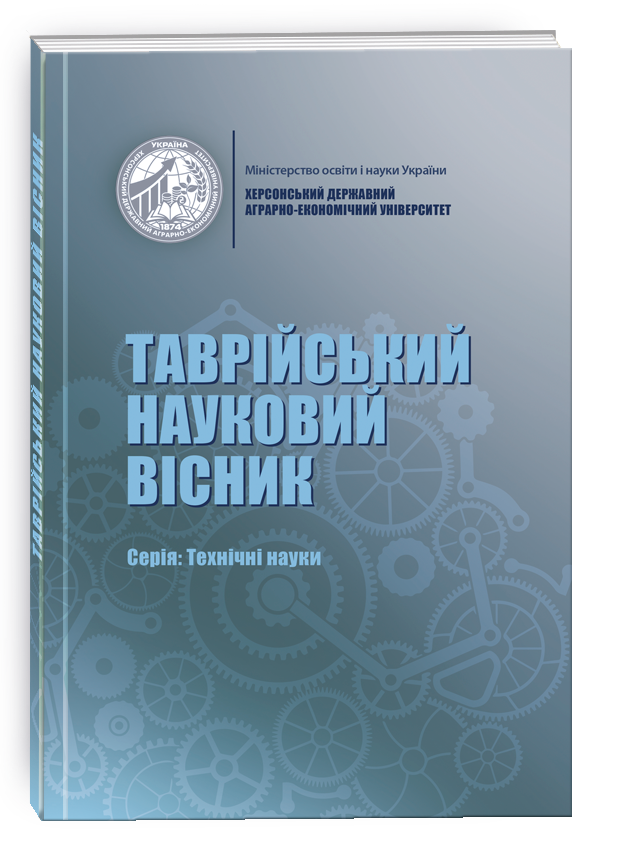ENERGY EFFICIENT WATER SUPPLY OF PUMPING STATIONS OF KAKHOVKA IRRIGATION SYSTEM
DOI:
https://doi.org/10.32851/tnv-tech.2021.5.7Keywords:
energy efficiency, water supply, irrigation pumping stations, control methods, frequency control driveAbstract
The article presents the principles of energy efficient water supply of pumping stations of Kakhovka irrigation system. The problems that need to be addressed immediately from the analysis of literature sources are listed. Methods of regulating the supply of pumping units are given. Existing methods of regulation are aimed at solving technological problems and practically do not take into account the energy aspects of water transportation. The order of recalculation according to the laws of geometric and hydrodynamic similarity is presented. The main dependences characterizing the energy of pumps are presented, namely: power consumed by the pump; change of the basic parameters of work of the pump unit at change of speed of rotation of an impeller of the pump; power consumed by the motor drive. For accurate calculations, it is proposed to obtain the initial data: passport data of the pump and its drive motor. It is proposed to obtain the results of measurements with a fully closed pressure valve, as well as the results of measurements with an open pressure valve. The graphic characteristic of the power consumption at various means of regulation of speed of rotation of a shaft of the pump is resulted. The daily schedule of water consumption according to the results of measurements is presented. The calculation of the magnitude of the economic effect is proposed. The calculation of economic efficiency is based on determining the difference between the values of electricity use when regulating the pump pressure by throttling the pressure valve and when adjusting by means of CRP. Additional positive moments at decision-making of introduction of frequency regulation of the drive are resulted. The expediency of using CRP is given. It is presented due to which factors the effect will change when installing frequency converters. The Kakhovka irrigation system is presented as an example for the introduction of frequency frequency converters. The characteristics of pumping stations for irrigation in the Kherson region are given.
References
Про енергозбереження : Закон України від 22 грудня 2005 р. № 3260-IV. Київ : Урядовий портал, 2005. 2 с.
Лезнов Б.С. Окупаемость регулируемого электропривода в насосных установках. Водоснабжение и санитарная техника. 2002. № 12. С. 21–28.
Волошин М.М. Розрахунок економічної ефективності впровадження частотних перетворювачів для насосних агрегатів : методичні рекомендації. Херсон : РВВ ХДАУ «Колос», 2012. 40 с.
Куряпов В.Н., Мальцев А.П. Потенциал энергосбережения и его практическая реализация. Энергонадзор и энергоэффективность. 2003. № 3. С. 33–40.
Инструкция по расчету экономической эффективности применения частотно-регулируемого электропривода. Москва : Научно-исследовательский институт электроэнергетики (АО ВНИИЭ) ; Московский энергетический институт, 1997. 12 с.
Шкредин Д.Г. Преобразователи частоты в энергосберегающих приводах насосов. Водоснабжение и санитарная техника. 2004. № 7. С. 10–17.







